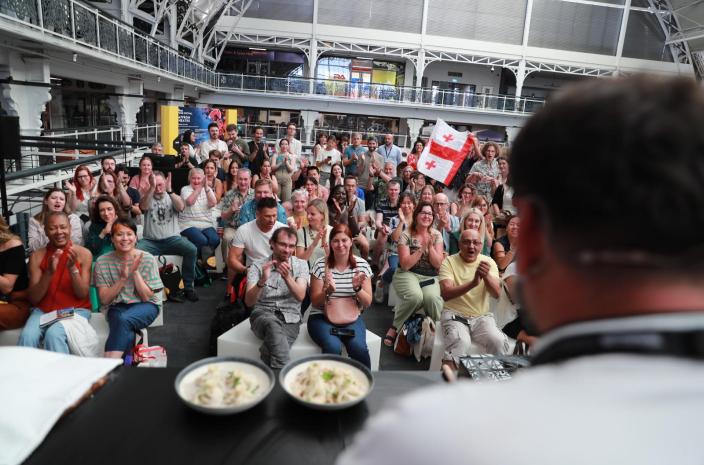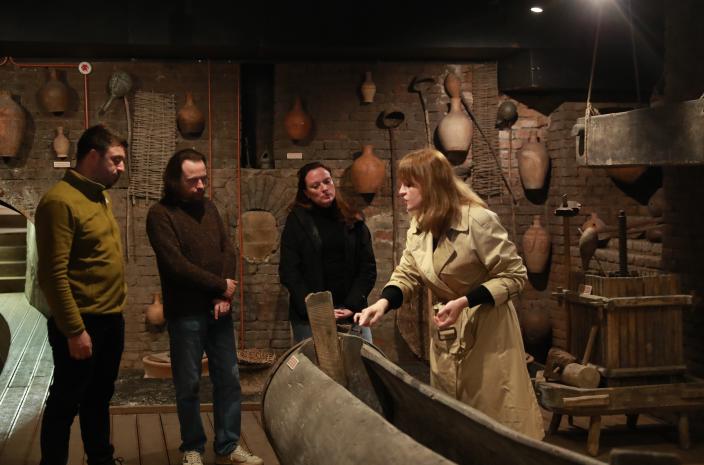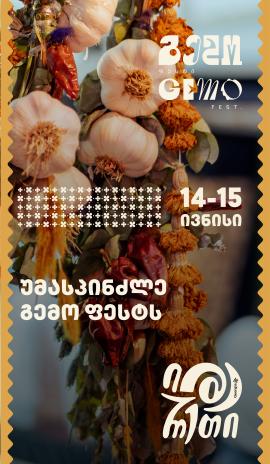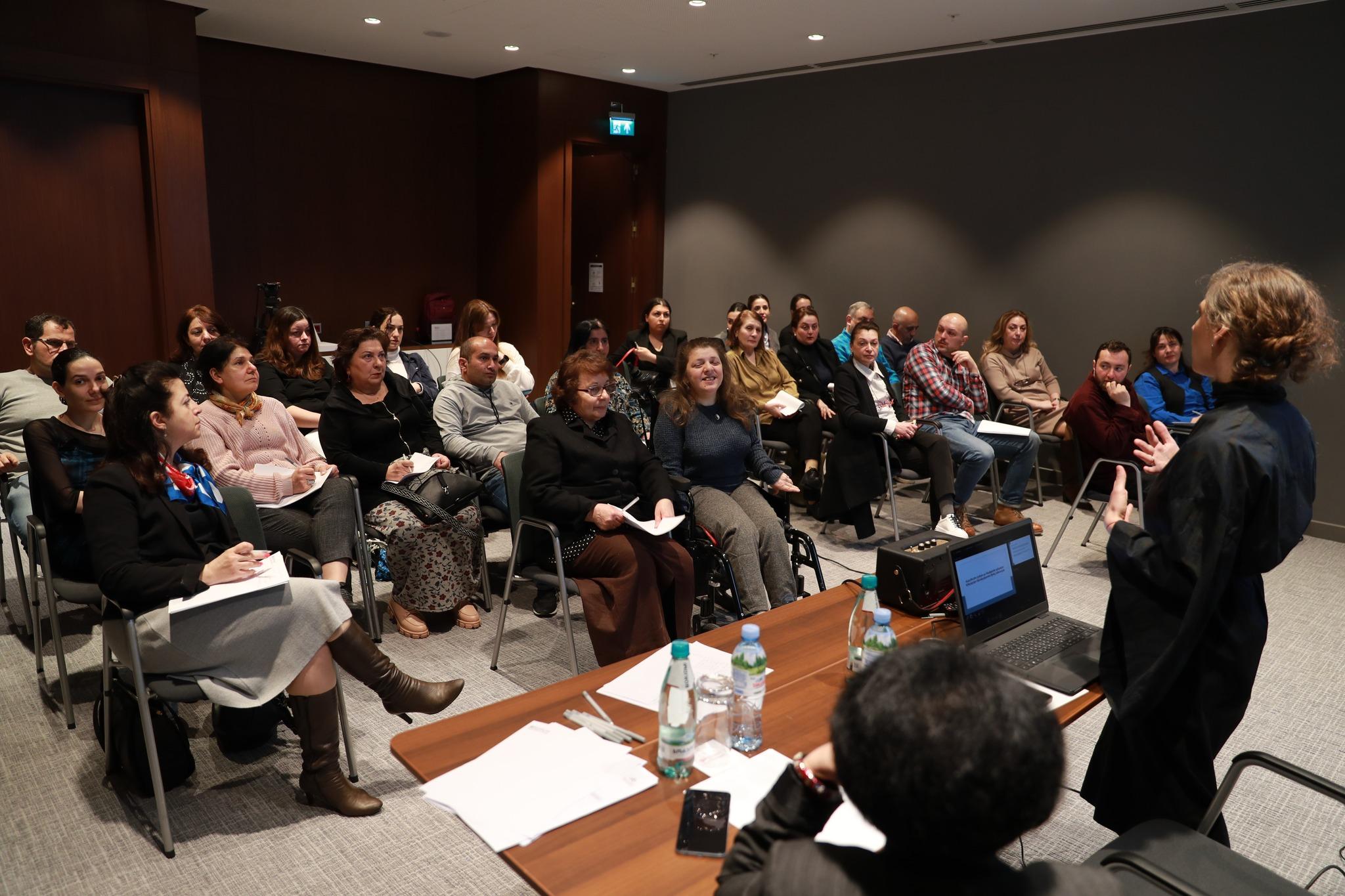მისია, მიზანი და ხედვა
საქართველოს ტურიზმის ეროვნული ადმინისტრაცია ხელს უწყობს საერთაშორისო ვიზიტორების მოზიდვას და შიდა ტურიზმის განვითარებას. მისი მიზანია საქართველო წარმოაჩინოს, როგორც მაღალი ხარისხის ტურისტული ქვეყანა, გამორჩეული კულტურული და ბუნებრივი მემკვიდრეობით, მომსახურების მაღალი დონითა და სტუმარმასპინძლობის ტრადიციით, რაც ვიზიტორებისთვის უნიკალურ გამოცდილებას ქმნის.

ჩვენ შესახებ
სსიპ – საქართველოს ტურიზმის ეროვნული ადმინისტრაცია არის საქართველოს ეკონომიკისა და მდგრადი განვითარების სამინისტროს სისტემაში შემავალი საჯარო სამართლის იურიდიული პირი და სახელმწიფო კონტროლით დამოუკიდებლად ახორციელებს თავის საქმიანობას.
ადმინისტრაციის მიზნებია საქართველოში ტურიზმის განვითარების სახელმწიფო პოლიტიკის ჩამოყალიბება და განხორციელება, მდგრადი ტურიზმის განვითარების ხელშეწყობა, ტურიზმის განვითარების საფუძველზე, ქვეყანაში მაღალი საექსპორტო შემოსავლების ზრდისა და ახალი სამუშაო ადგილების შექმნის ხელშეწყობა, საქართველოს პოპულარიზაცია საერთაშორისო და შიდა ტურისტული ნაკადების ზრდის მიზნით, ასევე ტურისტულად მნიშვნელოვანი კულტურული ღონისძიებების ხელშეწყობა.
მედია ცენტრი
გაეცანით უახლეს ტურისტულ ინფორმაციას ჩვენი სტატიების და ბლოგების მეშვეობით

აღმოაჩინე საქართველო
უძველესი კულტურის, ულამაზესი ბუნებისა და მრავალფეროვანი თავგადასავლების ქვეყანა.

დაგეგმე ღონისძიება, აღმოაჩინე უნიკალური შესაძლებლობები
ჩვენ დაგეხმარებით საუკეთესო ღონისძიებების დაგეგმვაში.

მოიძიე საუკეთესო ადგილი დაუვიწყარი მოგზაურობისთვის
გაეცანი ქვეყნის სხვადასხვა ტურისტულ ლოკაციებს, რაც საუკეთესო საშუალებას მოგცემთ შეიგრძნოთ საქართველოს მრავალფეროვნება.

მიიღე მონაწილეობა საერთაშორისო გამოფენებში
საქართველოს ტურიზმის ეროვნული ადმინისტრაცია ხელს უწყობს ქვეყნის უნიკალური ტურისტული პოტენციალის პოპულარიზაციას მსოფლიოში.















